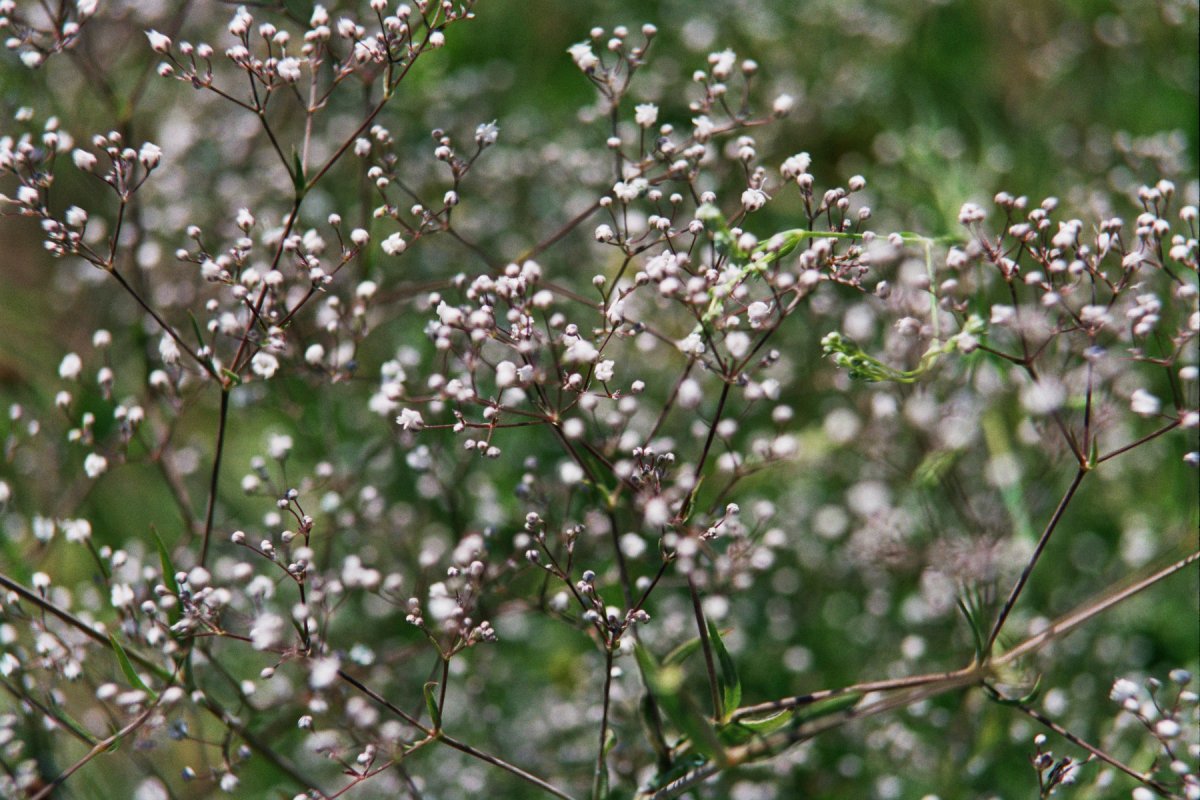Break up with Baby’s breath.

That’s what the Invasive Species Council of BC (ISCBC) is urging this Valentine’s Day.
The ISCBC says it’s an invasive species, and one that can quickly take root if people don’t properly dispose of it.
“Baby’s breath (Gypsophila paniculata) — a symbol of everlasting love — is actually a harmful invasive species in B.C. When Baby’s breath invades grazing land, it reduces native grasses and forage for grazing animals and wildlife,” said ISCBC.
“If you receive a bouquet containing Baby’s breath, make sure to properly dispose of it in the garbage. Do not throw it in the compost. Simply remove it from the bouquet and place it in a sealed trash bag to prevent it from spreading.
“Better yet, if you are choosing a bouquet for your special someone, pick one that doesn’t contain Baby’s breath.”

The Fraser Valley Invasive Species Society says Baby’s breath is a flowering plant that grows to a mound of branching stems. It thrives in well-draining sandy or gravelly soils, is drought tolerant and its roots can grow to depths of four metres.
The plant is like a tumbleweed in that stalks can break off and roll in the wind, dispersing seeds.
Mechanical/manual removal:
- Remove infestations before they set their seeds.
- Cut at the root crown, below the ground to prevent resprout.
- Hand-pulling is difficult as tap roots are deep.
- Ensure plant parts, including plants received from floral arrangements, are bagged and disposed of properly.
The Alberta Invasive Species Council suggests the same thing, and says consumers should select non-invasive plants and be suspicious of exotic plants, bulbs, and seeds promoted as fast spreaders, vigorous self-seeders and/or “drought-resistant.”

“Invasive plants often have the very characteristics we seek the most in plants,” AISC says.
Before choosing a plant to grow, check reliable sources of information such as your local Invasive Species Council’s invasive species fact sheets.
- never put invasive species in the compost
- when disposing of invasive plants, ensure to double bag it
- don’t purchase a plant unless it is properly labelled
- don’t use wildflower mixes, as they often have invasive species seeds in them
- when selecting birdseed, always make sure the seed mix clearly lists the ingredients, as many contain invasive plants
- consider creating your own seed mixes to be sure of the seed ingredients
- encourage others to be plant-wise
The AISC says it just updated its economic impact of invasive species within the province, “and we estimate that invasive species are currently costing us $2.1 billion each year. And that’s primarily due to costs from invasive plant species (weeds) like Baby’s breath and many others.”





Comments